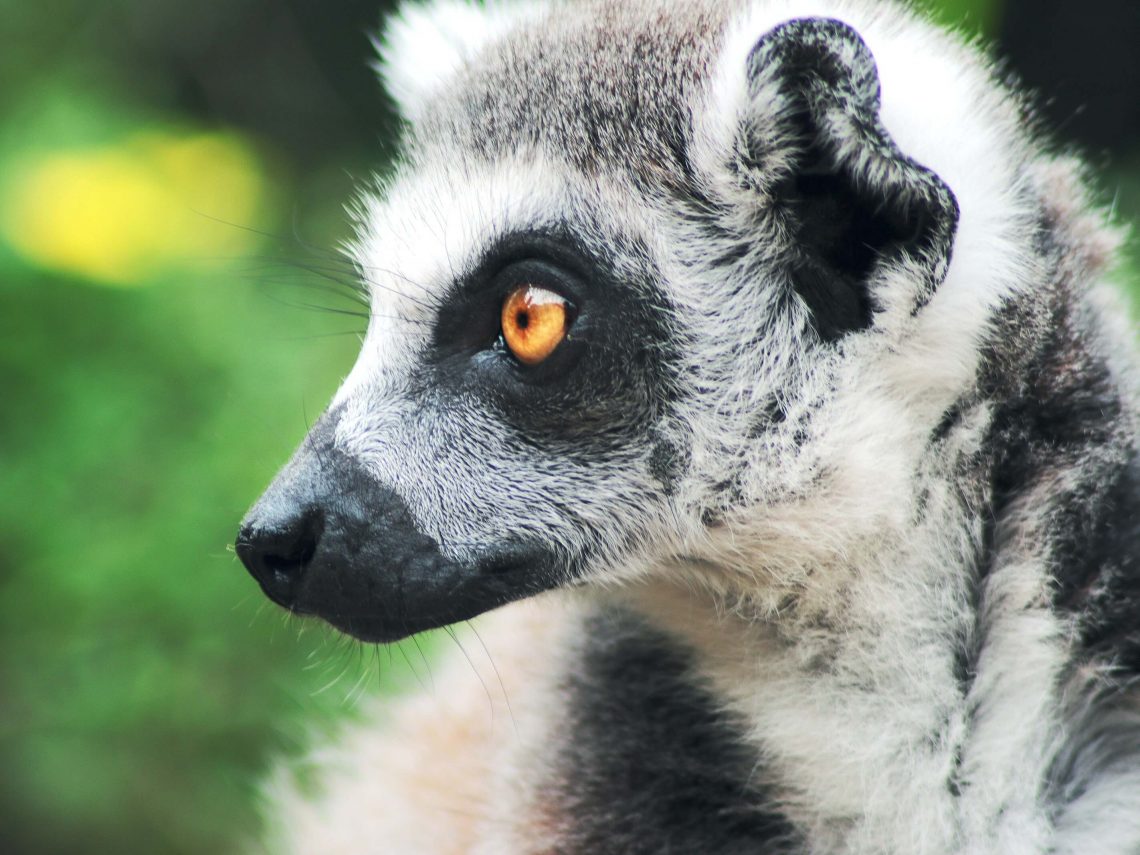
Animals of Instagram: The Growing Exotic Pet Trade
I don’t know about you but I have managed to pass many an hour of my life scrolling through pictures of the cats of Instagram.
I have a pet cat and I adore him. I’m sure many of you are cat care-givers too. Or perhaps you have a dog.
Maybe some of you might have branched out and have a bearded dragon or a tortoise; a python or a corn snake; a parrot or a tarantula? I’ve thought about some of those myself before.
At some point the lines started to blur between pet and wild animal. Slowly but surely, people have started to invite the likes of slow loris’ (so cute), wallabies and monkeys into their homes.
Before we know it we’re all binge watching a guy on Netflix with 200 tigers in his back yard.
With the rise of social media has come a massive increase in the number of people keeping so-called “exotic pets”- wild animals that have become part of the pet trade. The opportunity for a selfie with an interesting or even dangerous wild animal has become too hard to resist for many of us.
I think that most of us can agree that it has gone too far when it gets to a keeping a pet tiger. The questions is, where do we draw the line?
Cats and Dogs
To understand the issue, we must first turn to those classic pets- dogs and cats.
Over a period of 10,000 years or more, these animals have been gradually domesticated.
This is done through a process called selective breeding. Animals are chosen that have the qualities we want. For example, perhaps an individual is particularly docile. This animal is deliberately bred to produce more of his kind. Over many generations we can created perfect pets.
Whether or not this is ethical is a whole different discussion, but however you feel about selective breeding, the fact remains that these animals have lost some of those wild instincts. They grow attached to humans can live a comfortable life in your home.
What’s the problem?
The rise of the internet is fuelling an increased demand for exotic pets. Sloths, fennec foxes, slow lorises, red pandas, capybaras, lemurs, armadillos monkeys, apes and, or course, tigers, are all involved in the exotic pet trade.
Born to Run
These exotic animals do not have a long history of domestication. They still have the natural instincts of a wild animal. Life in a cage is difficult.
Millions of years of evolution has made them perfectly suited to their specific habitat. Humans can’t fulfil their social needs. Captivity can cause stress and serious health problems.
Specific Care Needs
Because they are so well adapted to life in their natural habitats, exotic pets have some very specific care needs. Many people with exotic pets are not always aware of the exact temperature, humidity and diet they need to keep their animal healthy.
Research is key when it comes to owning an exotic pet.
Stolen from the wild
Many of the pets for sale in the UK have been bred in captivity but remember, they had to come from somewhere originally.
African grey parrots for example, are adored for their ability to mimic human speech, but their wild populations have been decimated by the exotic pet trade. They are now listed on Appendix 1 of CITES, making trade illegal (see my article on pangolins for more about CITES). Some species face extinction.
Animals removed from the wild are often drugged and transported under horrendously cruel conditions. The exotic pet trade is justifying and perpetuating the supply.
Funding Crime
Of course, some trade is completely legitimate but this video explains how the profits from the exotic pet trade sometimes fund criminal activity like human trafficking as well.
If you are buying exotic pets online, there is often no way to ascertain how that animal got here, whether it did so legally and where money changed hands along the way.
ESCAPEES!
Sometimes, they escape!
In this report from 2019, Cornwall Live tells us about some of the unexpected critters that have roamed their region. Maybe don’t read it if you live in Exeter though. Satan the snake sounds slightly terrifying to me.
As a slight disclaimer: I haven’t looked into the validity of all of the cases mentioned in that article, but if even a fraction of them are true, it’s still pretty alarming.
The Internet
Exotic Pet Trade Online
Thanks to the internet, at the click of a button you can purchase an exotic pet. Sites like Gumtree allow the purchase of exotic animals immediately. People don’t really know who they are buying from.
Social Media
Instagram and YouTube are FLOODED with animals doing hilarious and cute things. That’s nothing new, of course. Ever since the early days of the circus, humans have exploited animals for entertainment.
Most of that content is harmless videos of cats doing hilarious things of their own accord, but as with anything, there’s a dark side.
Animals are shown to increase engagement on social media. Google searches for “pet lemur” spiked after a video of a lemur seemingly “asking” to be petted was seen on YouTube in 2016,
What people post online might seem frivolous, but the repercussions are real.
Instagram and Facebook have actively taken strides to improve exposure to animal cruelty on their sites. Certain hashtags are banned or show warnings before you see results, including ones of selfies with wild animals. They have also joined the Coalition to End Wildlife Trafficking Online.
However, algorithms and moderators can’t spot everything and that content is still out there, hiding in plain sight. It often looks innocent but the damage they are doing is real.
Blurred Lines
I wanted to point out that there is a certain blurring of the lines between people keeping animals as pets and in genuine sanctuaries for rescued animals that cannot be released into the wild.
All I can say is do your research and look for the following as reasons to be suspicious:
- Exotic animals wearing clothes
- Exotic animals doing “human things”
- Any exotic animals performing for a camera
- Opportunities to pet, ride or pose with exotic animals
- Breeding programs which only bring more animals into captivity
One Wild Thing
Your One Wild Thing this week is a healthy dose of scepticism.
Be the eyes and ears of Instagram and YouTube.
I’m not saying start shaming every person with a gecko. There are some great pet owners out there and as I mentioned, lots of sanctuaries that rescue animals from the pet trade that cannot be released into the wild.
Look out for the signs listed above in Instagram posts. If you see any of those things taking place, report it.
Let’s make noise, and ensure an end to animal cruelty in the name of selfies and advertising.
Many people keep some of the more common pets safely and kindly. Please do your research first if you are considering an exotic pet. You could start with this advice from the RSPCA.



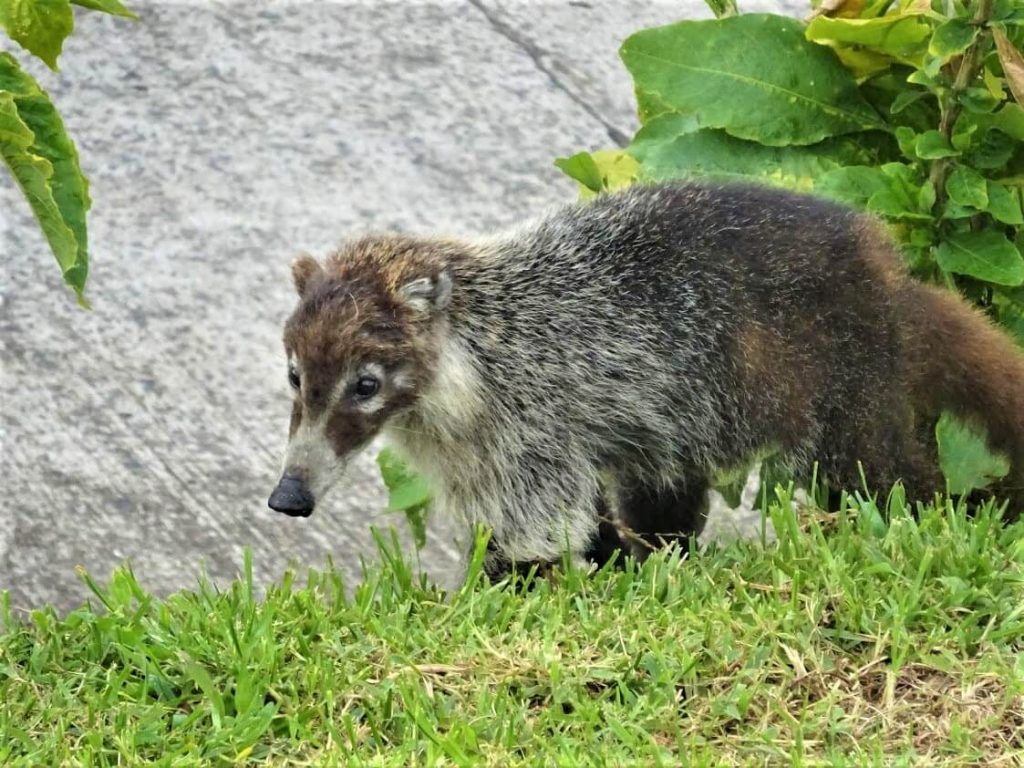
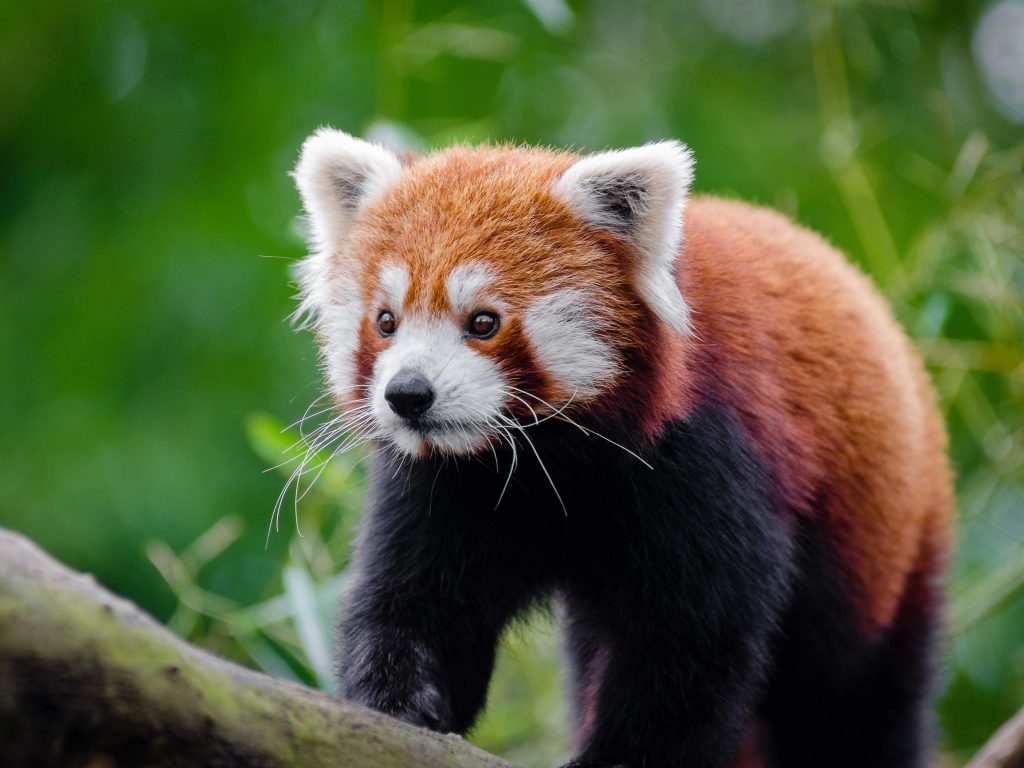
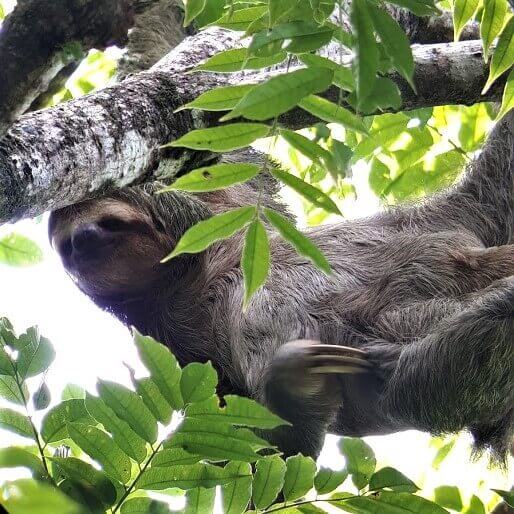
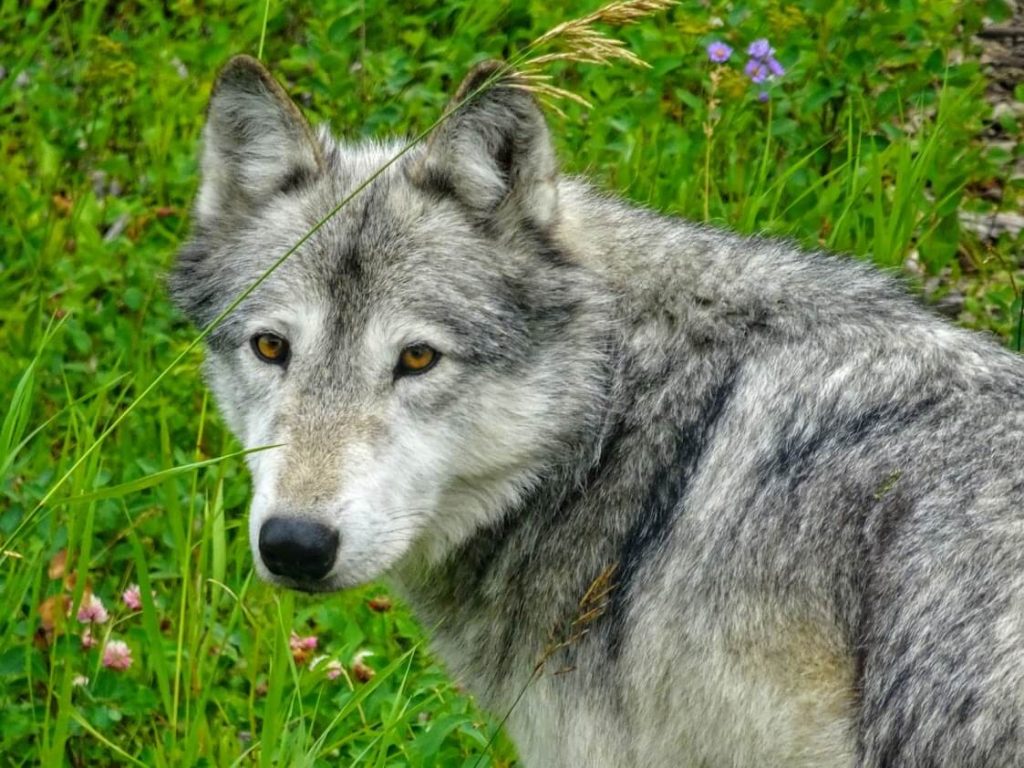
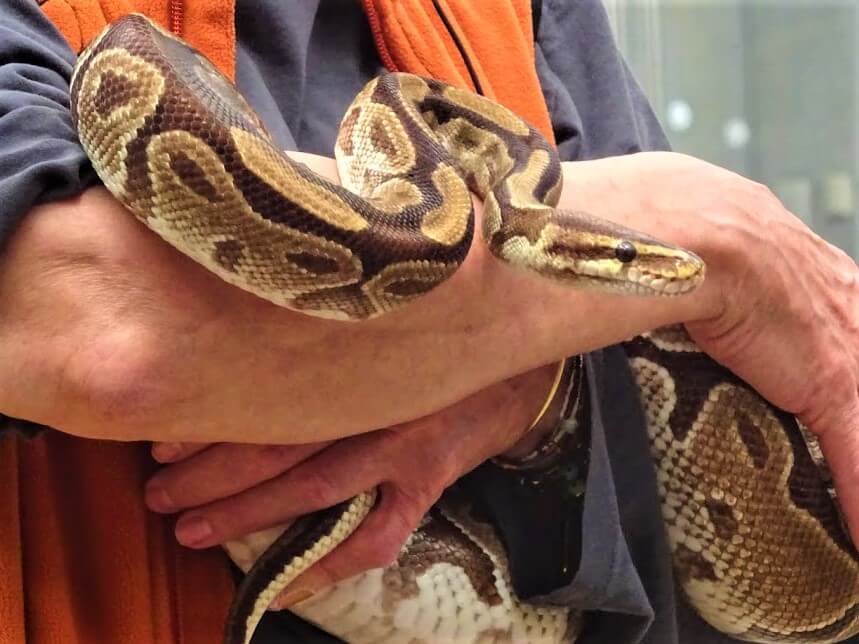
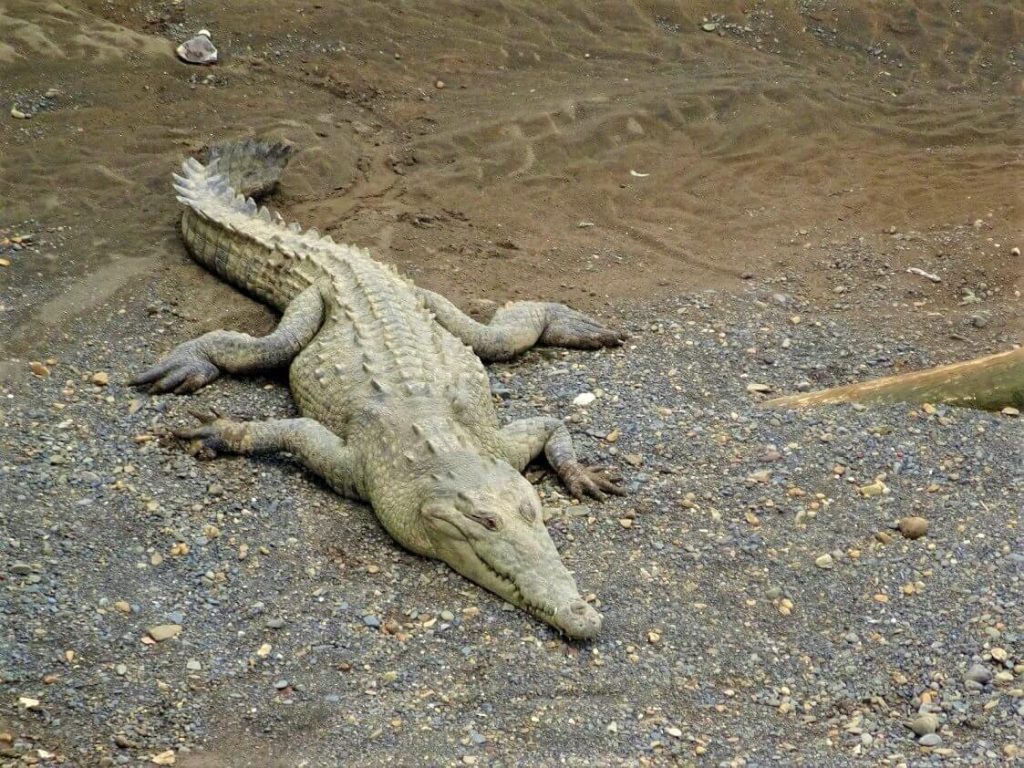

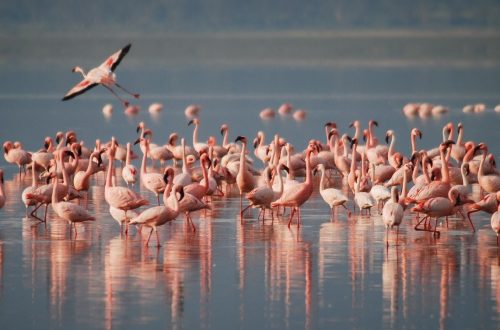
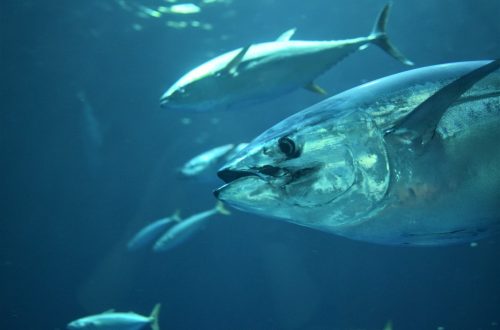
One Comment
Pingback: